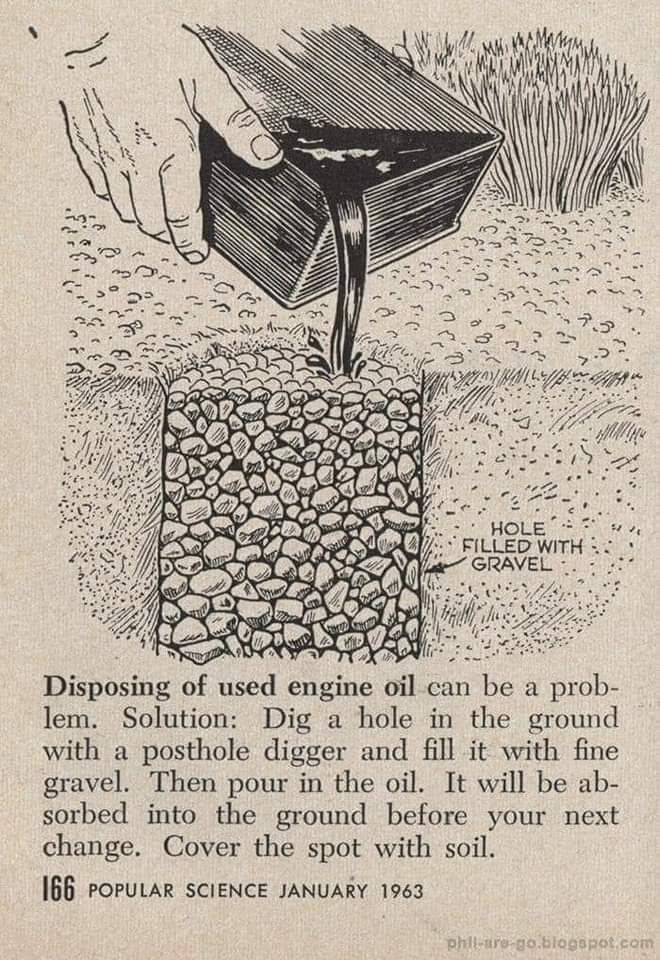this post was submitted on 29 Aug 2023
824 points (97.4% liked)
Memes
45731 readers
1090 users here now
Rules:
- Be civil and nice.
- Try not to excessively repost, as a rule of thumb, wait at least 2 months to do it if you have to.
founded 5 years ago
MODERATORS
you are viewing a single comment's thread
view the rest of the comments
view the rest of the comments

Highway engineer here. It's asphalt (or bitumen), which is a product of crude oil refining. It's all the stuff that stays at the bottom when you heat crude up to over 1000°F. Because it's so sticky & viscous, it has to be heated up to around 300°F in order to be used. Asphalt is the "binder" in a pavement mixture that includes silt, sand, and rocks in various quantities and sizes, and these days the asphalt binder is usually modified in some way to improve its performance in the climate or application it's going to be used in.
A chipseal is made by spreading a continuous layer of small rocks on a prepared surface and spraying the hot asphalt over it after, which binds the rocks together. It's similar to Macadam pavement which was developed in the early 1800s and continued to be used well into the 1900s, often as a base layer for a more modern hot-mix asphalt pavement. Tar used to be used in paving a lot, but tar is made from coal and environmental regulations don't allow it anywhere that I know of. There's also a more state of the art technique that involves a looser layer of slightly larger stones, sprayed with a modified asphalt emulsion (modified in this case meaning with rubber or polymer for elasticity, and emulsion meaning it's mixed with water to make it easier to work with), called a stress-absorbing membrane interlayer, used for reducing reflective cracking from an existing pavement surface into a new overlay surface. Modified asphalts & emulsions are often used for chipseals these days, too.
Lecture over.
Hey, thanks for that thorough explanation! I only have vague hand-waving knowledge, so this is nice to understand. I will probably forget most of it by the next time the topic comes up, but I (and others) appreciate the details provided!